Exploring Lesser-Known Tokyo: Toshima and Shikinejima
What to see and do on two stunning islands world’s away from the metropolis
Whether you’re looking for calm waters for the kids to swim in, a romantic stargazing experience with your partner or relaxation in an onsen overlooking the ocean, Toshima and Shikinejima are an ideal choice.
These islands are more than 100 kilometers south of mainland Japan, yet still part of the Tokyo metropolis, resulting in great transport links by air and sea.
At just four square kilometers, Toshima is one of the smallest inhabited isles of the Izu Islands. It’s popular for fishing, hiking, star gazing, dolphin swimming and bird watching. Nearby Shikinejima boasts numerous pretty coves, vistas of neighboring islands and a hot spring-rich coastline with naturally warm seaside pools.
The islands are part of Fuji-Hakone-Izu National Park and can be enjoyed as a weekend break. Here is a brief guide to Toshima and Shikinejima.
See the camellia
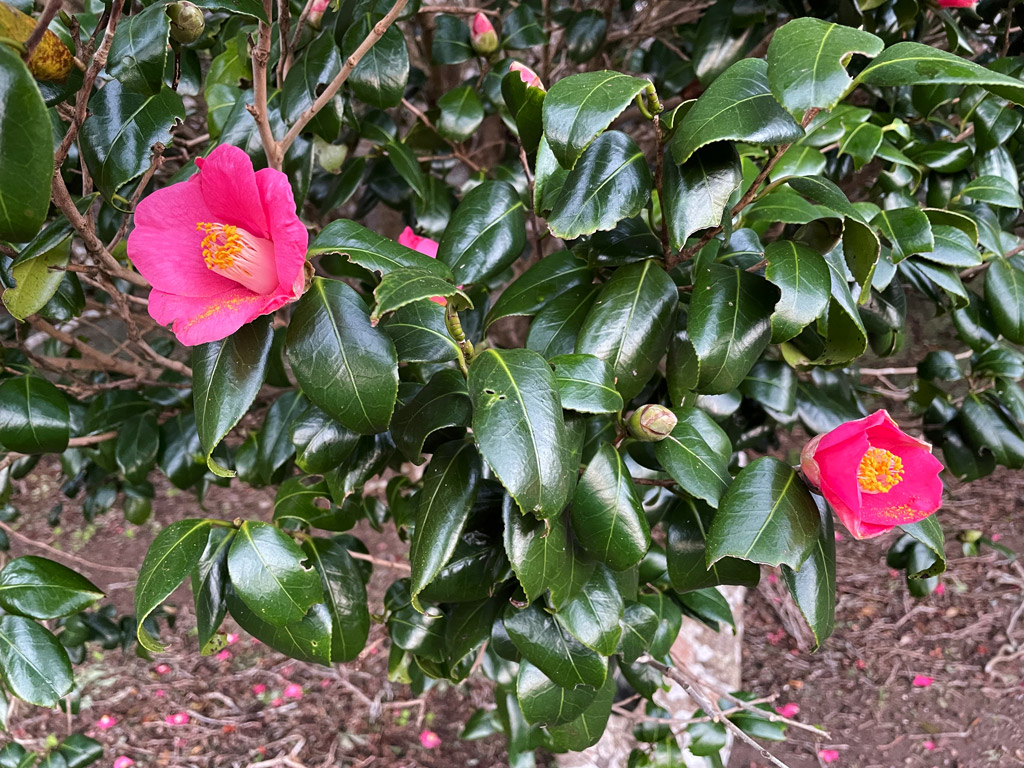 © Photo by Kathryn Wortley
© Photo by Kathryn WortleyToshima is famous for its 200,000 trees of camellia japonica, the camellia variety most suitable for oil production and treasured for its ability to moisturize hair and skin since the Heian period (794–1185). The circular island is one of the largest producers of camellia oil in Japan.
About 80% of Toshima is covered by camellia trees lined up on terraced fields: an ingenious method introduced hundreds of years ago to prevent the seeds being washed down the steep mountainside into the ocean. The camellia flowers bloom from November to March, creating swathes of pink and red hues. Take a stroll to enjoy the views and scents or watch the farmers harvesting the seeds and working the land. Locally produced products are on sale at the shop.
Relax in nature
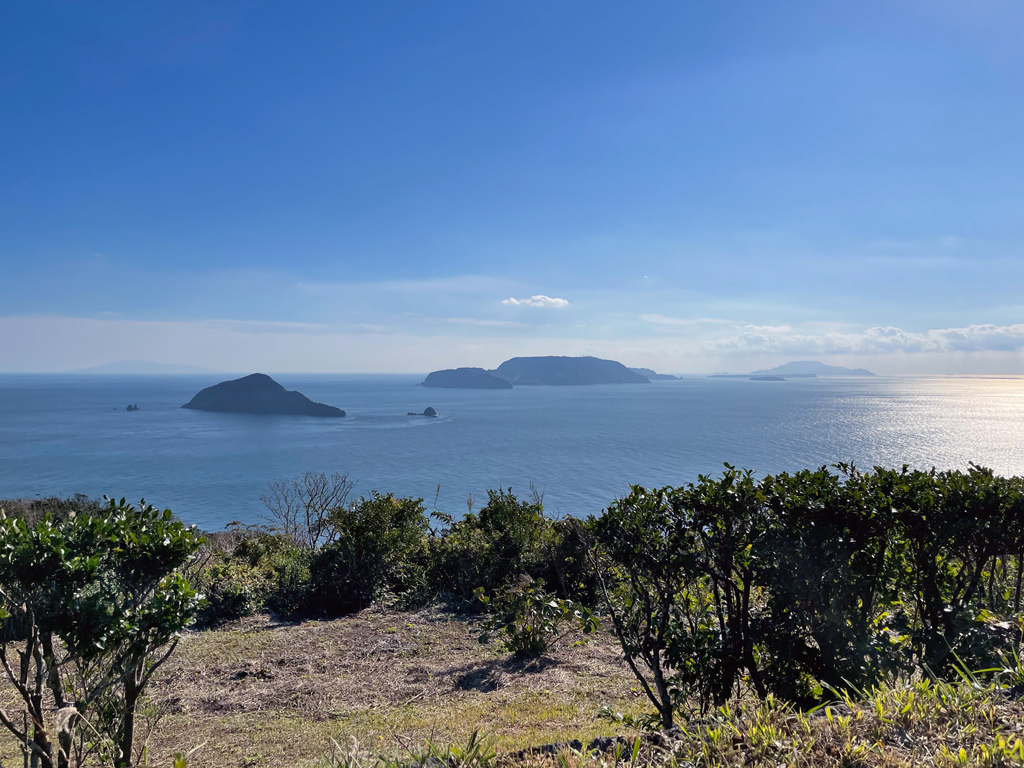 © Photo by Kathryn Wortley
© Photo by Kathryn WortleyFor a stunning panorama of the nearby islands—and even Mount Fuji on a clear day—take the short hike through the forested heart of the island and up Mount Miyatsuka to the lookout at the summit. If you’re travelling by car, check out the viewpoint at Minamigayama Park, which has an extensive lawn and places to sit. By day, it offers one of the best 100 views of Tokyo and, by night, it’s the perfect spot to see the stars.
Explore land and sea
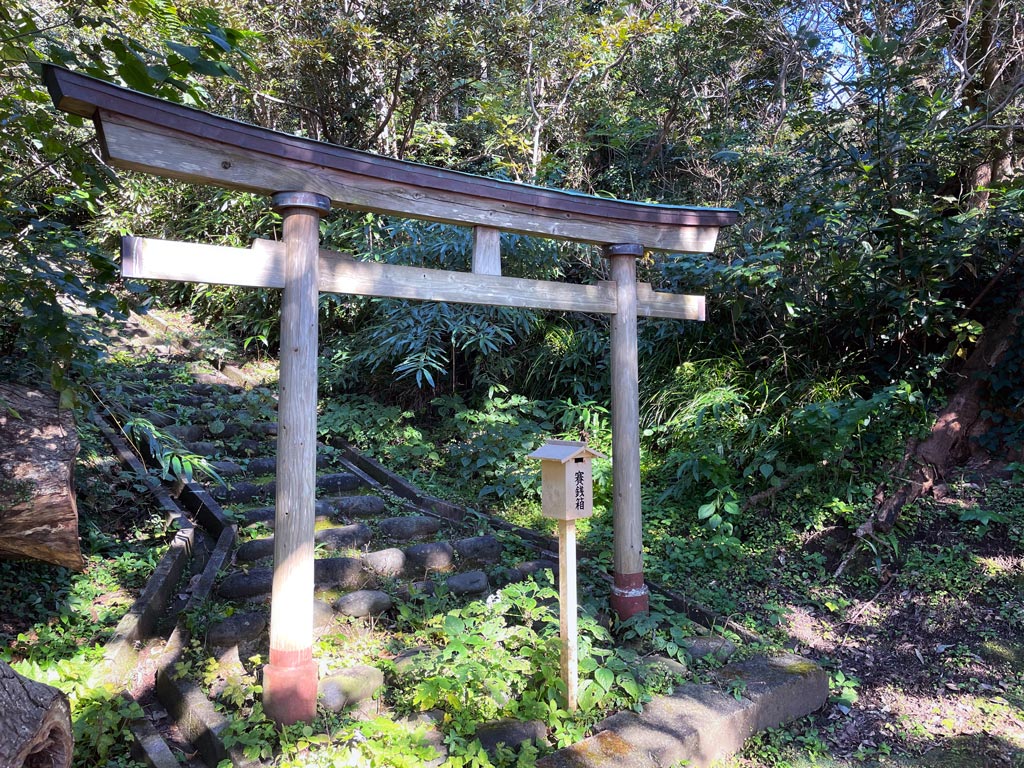 © Photo by Kathryn Wortley
© Photo by Kathryn WortleyThe island has three shrines, each with an important role. The largest, Azusawakenomikoto Shrine, dates from 1760 and enshrines the god who is the guardian of the village. All three are part of Toshima’s New Year festival called Kijjuwabi, whereby local people visit each shrine in turn to light sacred fires, beat drums and present rice and sake.
Toshima’s warm shores are also home to a pod of dolphins so it’s possible to go dolphin watching or swim with them on one of the tours provided by local minshuku lodgings.
Hit the beach
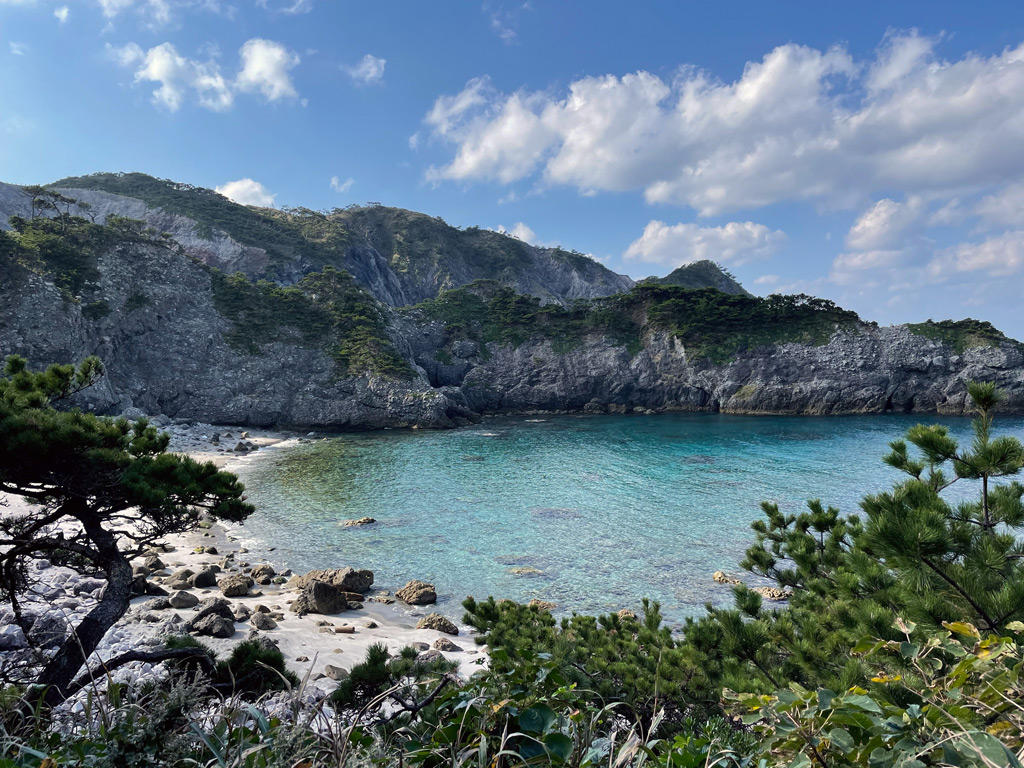 © Photo by Kathryn Wortley
© Photo by Kathryn WortleyShikinejima has four stunning beaches, providing ample opportunities for water sports or playing on the shore.
Tomari Beach’s horseshoe-shaped inlet is particularly popular for families due to its shallow, sheltered waters and white sands. In the Edo period (1603–1867), ships sailing for islands further south would shelter in the bay. Nearby Honuibara means place to mend sails while the hill on the cove was used to observe sea conditions.
For snorkeling and diving, Nakanoura Beach’s rocky shallows are home to plentiful sea life and, for the best sunset view, local people recommend Oura Beach.
Enjoy the views
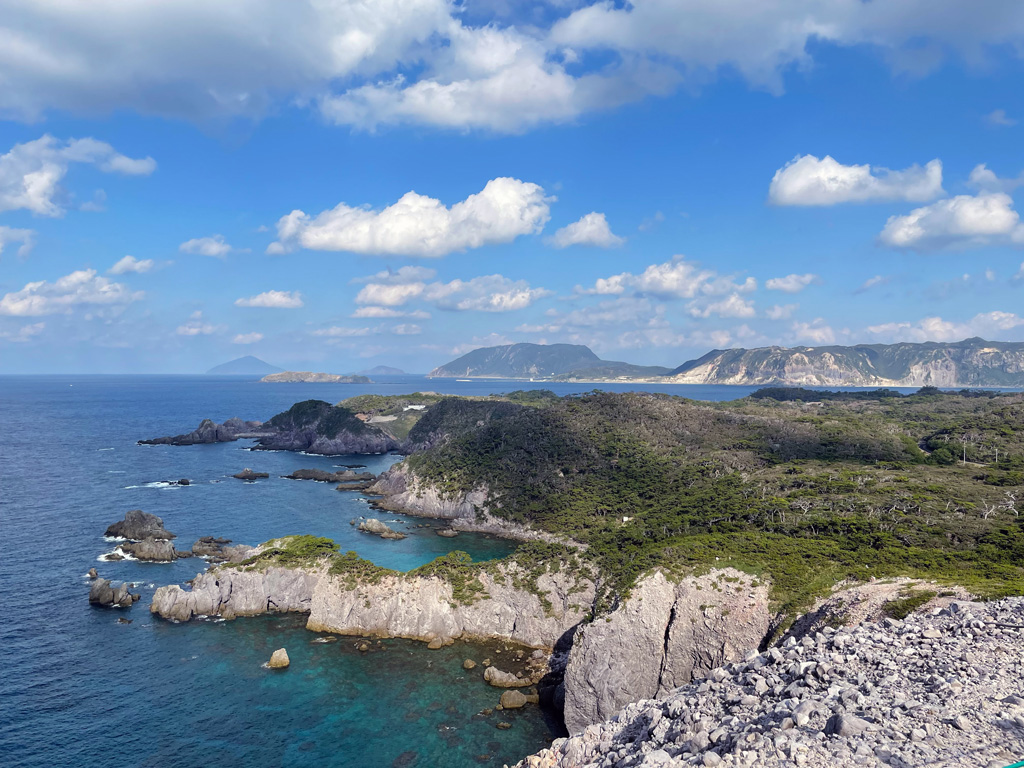 © Photo by Kathryn Wortley
© Photo by Kathryn WortleyThe observatory on Mount Kambiki, the highest peak on Shikinejima at 99 meters, offers breathtaking views of the rocky coastline and its shallow waters, which are hundreds of shades of blue and green. In good weather, the panorama of the seascape is unsurpassed. A picnic table makes it an ideal spot to enjoy lunch or a snack.
For a truly local experience, try one of the varieties of sweets made with ashitaba, a perennial of the parsley family native to the Izu Islands. Literally meaning “tomorrow’s leaf” due to its extremely rapid growth, this plant is said to have health benefits.
Take a dip
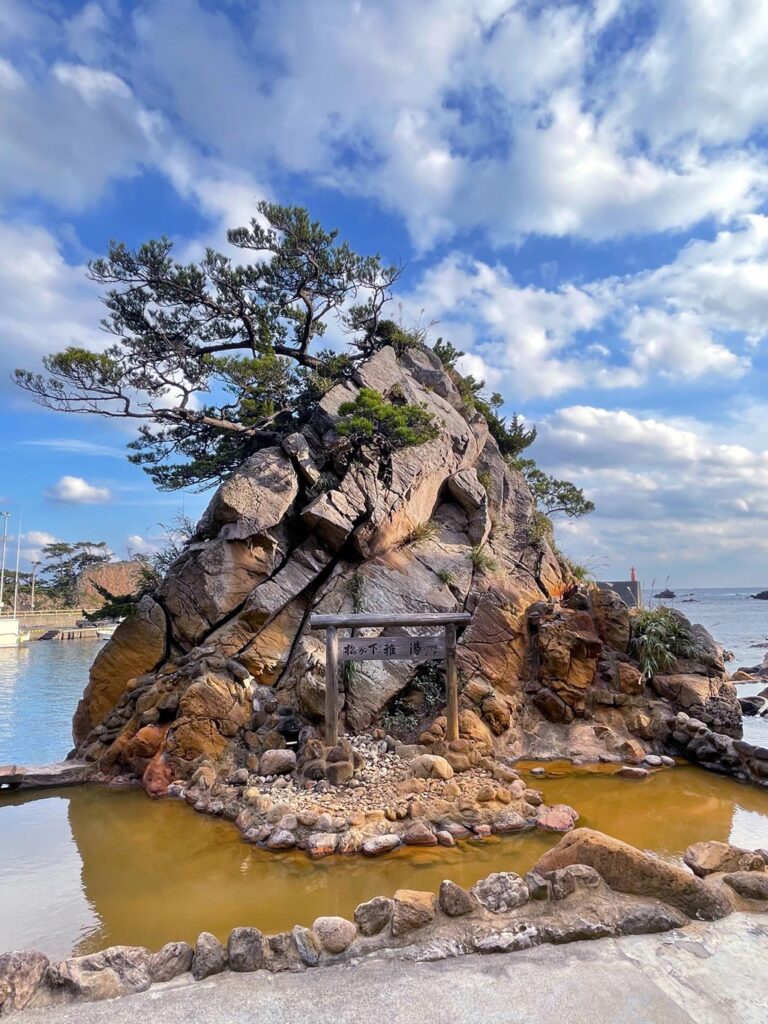 © Photo by Kathryn Wortley
© Photo by Kathryn WortleyShikinejima’s southern coast has a lot of geothermal activity, creating three unique onsen that bubble out of rocks on the shore. These natural hot springs, which have a different temperature depending on the ebb and flow of the tide, have been enjoyed for hundreds of years. Today, everyone enjoys soaking in them together, as swimsuits are required.
At Jinata Hot Spring, a steep and narrow path dating from 1908 winds down to the shore. It is thought this landscape gave the hot spring its name, which literally means “land” and “hatchet.” The steep and narrow path seems to have cut through the ground with an axe. At low tide, the temperature of the water released from the earth’s surface is 80˚C, so be careful to avoid the bubbling pools. According to local people, putting your hand in the vent in the stone wall along the road into the car park is a helpful guide to the temperature of the water before making the climb down.
These natural hot springs, which have a different temperature depending on the ebb and flow of the tide, have been enjoyed for hundreds of years.
From Jinata, it’s only a short walk around the cove to the other two hot springs. First along the route is Ashitsuki. It is said this onsen was discovered about 200 years ago when an injured sea lion was seen soaking in one of the pools.
These two hot springs have no facilities, but the last of the three, Matsugashita Miyabi, has several pools and a footbath as well as an outdoor (cold water) shower, changing rooms and access to the road. This hot spring overlooks the Philippine sea and a pretty harbor. The nearby sandy white shore and green pine groves are listed as one of Japan’s top 100 scenic spots.
Getting there
The quickest way to Shikinejima is the roughly 35-minute flight from Chofu Airport to Niijima, followed by a 10-minute ferry, but it’s also possible to depart from Takeshiba Port in Tokyo. The large passenger ship takes about seven-and-a-half hours to reach Toshima and about nine hours to reach Shikinejima, while the high-speed jet ferry takes around two-and-a-half hours. Each ferry stops at Oshima, the largest of the Izu Islands and an excellent hub for exploring the smaller islands like Toshima and Shikinejima with their pristine beaches, dolphins and stargazing.
Getting around and where to stay
Toshima is easily accessible on foot, although all paths are very steep. For Shikinejima, a great way to get around is by bicycle or electric-assisted bicycle; there are numerous shops offering hourly or daily rentals. Both islands have plenty of accommodation in the form of ryokan or minshuku, and Shikinejima has a campsite, too.
For more information, visit the Tokyo Metropolitan Government “Tokyo Treasure Islands Project” official website.


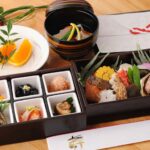



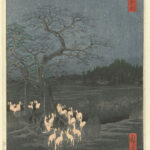







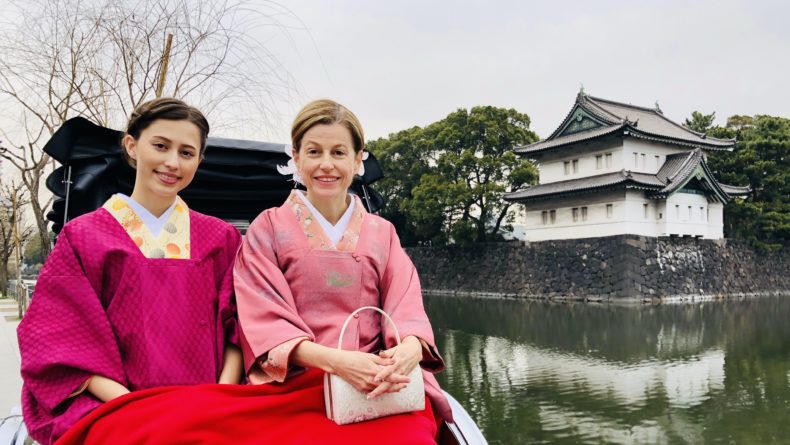
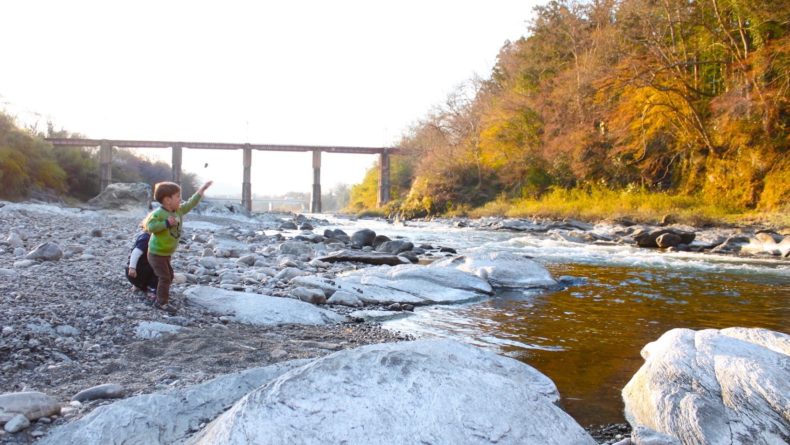
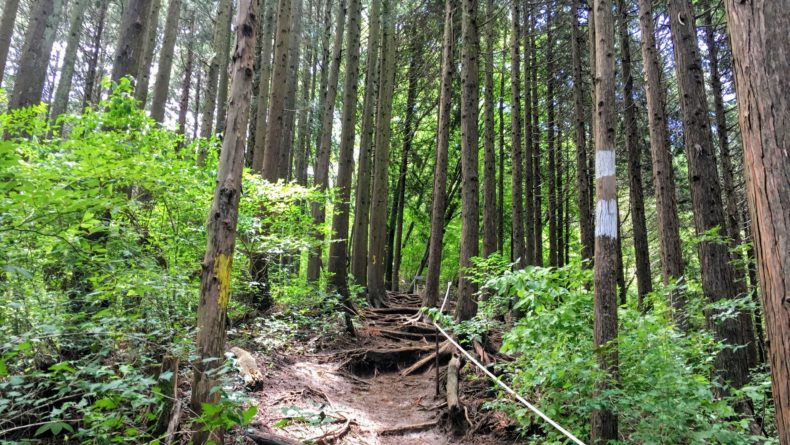
Leave a Reply